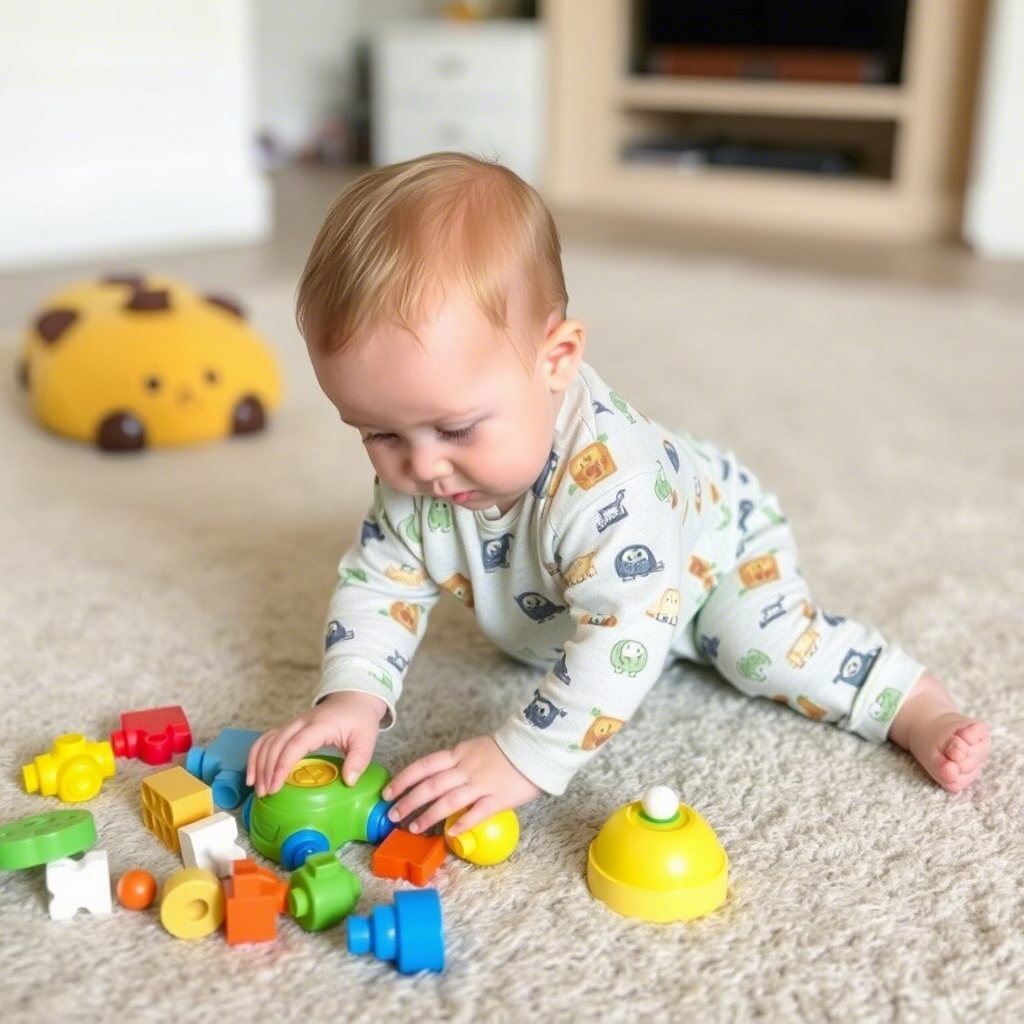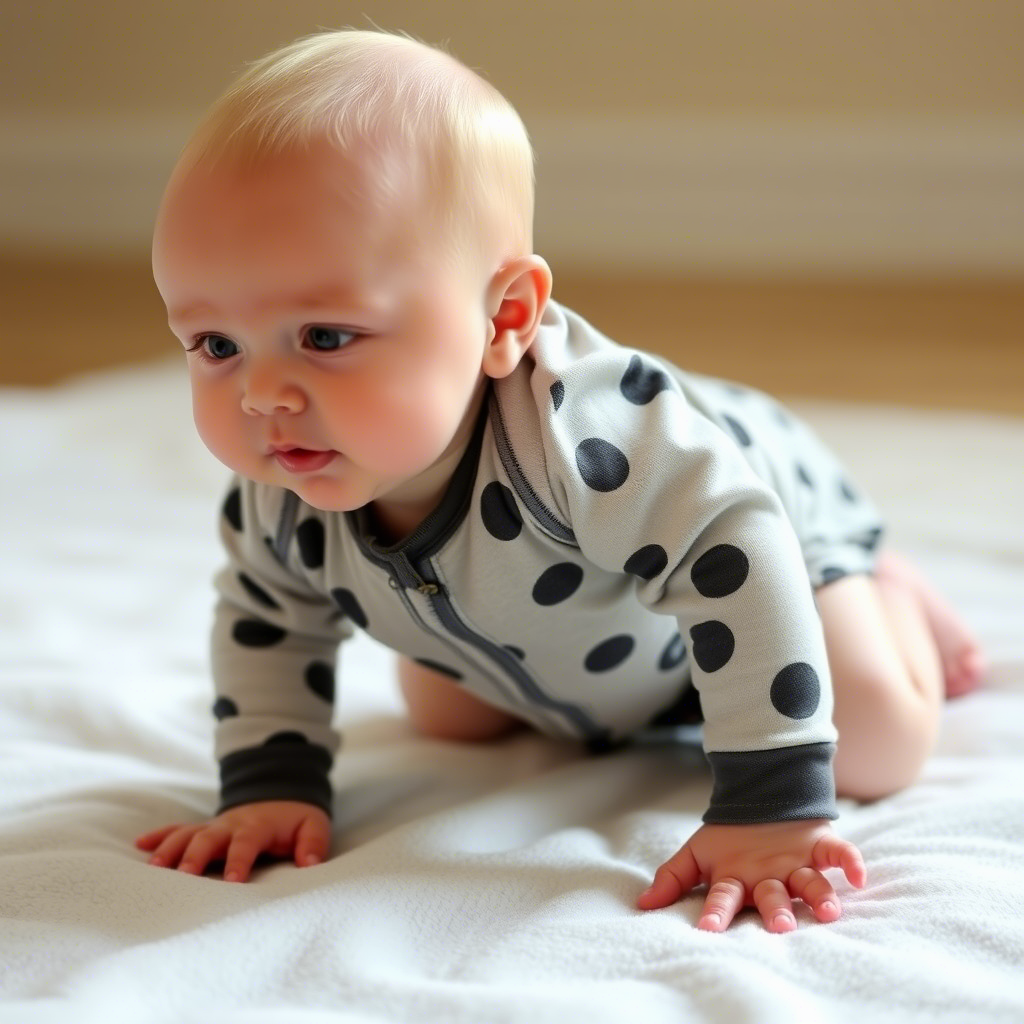The Impact of Baby Clothing on Physical Development and Mobility
The clothing we choose for our babies plays a more significant role in their development than we often realize. Baby clothing is not just about aesthetics; it can significantly impact a child’s physical development and mobility. As babies grow, their clothing can either support or hinder their ability to move freely and develop essential motor skills. Understanding the impact of baby clothing on physical development is crucial for parents and caregivers who want to give their children the best possible start in life. This article explores how different aspects of baby clothing influence physical development and mobility, providing insights and practical advice for making informed choices.
The Importance of Comfort and Freedom of Movement
Comfortable clothing is essential for babies as it allows them to move freely and explore their surroundings without restriction.
- Clothing that is too tight can restrict movement and potentially delay the development of motor skills. For instance, tight clothing around the hips and legs can limit a baby’s ability to crawl or walk.
- Loose, comfortable clothing, on the other hand, enables babies to move their limbs freely, promoting healthy development.
 Studies have shown that babies who wear comfortable, non-restrictive clothing tend to achieve motor milestones earlier than those who wear restrictive clothing.
Studies have shown that babies who wear comfortable, non-restrictive clothing tend to achieve motor milestones earlier than those who wear restrictive clothing.
Fabric Choice and Its Effects on Mobility
The choice of fabric for baby clothing is another critical factor that affects physical development and mobility.
- Soft, breathable fabrics like cotton are ideal as they provide comfort and do not irritate the baby’s skin, allowing for a full range of motion.
- Synthetic fabrics can sometimes be less breathable and may cause discomfort, potentially limiting a baby’s willingness to move around.
- Natural fibers are also hypoallergenic, reducing the risk of skin irritation that could distract a baby from exploring their environment.
Design Elements That Support or Hinder Development
The design of baby clothing, including features like zippers, buttons, and the overall cut of the garment, can significantly impact a baby’s ability to move and develop physically.
- Clothing with simple, easy-to-use fasteners can encourage independence as babies learn to dress themselves.
- Designs that allow for easy changes of diapers without having to completely undress the baby can be particularly practical and reduce stress during diaper changes.
 For example, rompers with snap buttons at the bottom are highly convenient and do not restrict movement.
For example, rompers with snap buttons at the bottom are highly convenient and do not restrict movement.
Practical Considerations for Parents
When choosing baby clothing, parents should consider not just the immediate comfort of their child but also how the clothing will support or hinder their physical development.
- For younger babies, onesies and loose-fitting clothes are excellent choices as they provide comfort and allow for a full range of motion.
 As babies grow and become more active, clothing that is durable and can withstand the rigors of play is essential.
As babies grow and become more active, clothing that is durable and can withstand the rigors of play is essential.- Parents can find a variety of practical and comfortable clothing options at online retailers like Lezon Kids, which offers a range of baby clothing designed with both comfort and functionality in mind.
Long-Term Implications for Physical Development
The impact of baby clothing on physical development is not limited to infancy; it can have long-term implications for a child’s mobility and overall physical health.
- Clothing that restricts movement in early childhood can potentially lead to delays in achieving certain physical milestones.
- On the other hand, clothing that supports mobility can encourage active play and contribute to healthy physical development in the long term.
- For more information on choosing the right clothing for your baby as they grow, you can explore boys’ coats designed for older toddlers that still prioritize comfort and mobility.
Conclusion
The clothing we choose for our babies has a significant impact on their physical development and mobility. By prioritizing comfort, choosing the right fabrics, and selecting designs that support freedom of movement, parents can help their children achieve important motor milestones and develop healthy habits that last a lifetime. As we have seen, factors such as the comfort of the clothing, the choice of fabric, and the design elements all play a crucial role. By making informed choices about baby clothing, parents can give their children the best possible start in life, supporting their overall development and well-being.

Comments